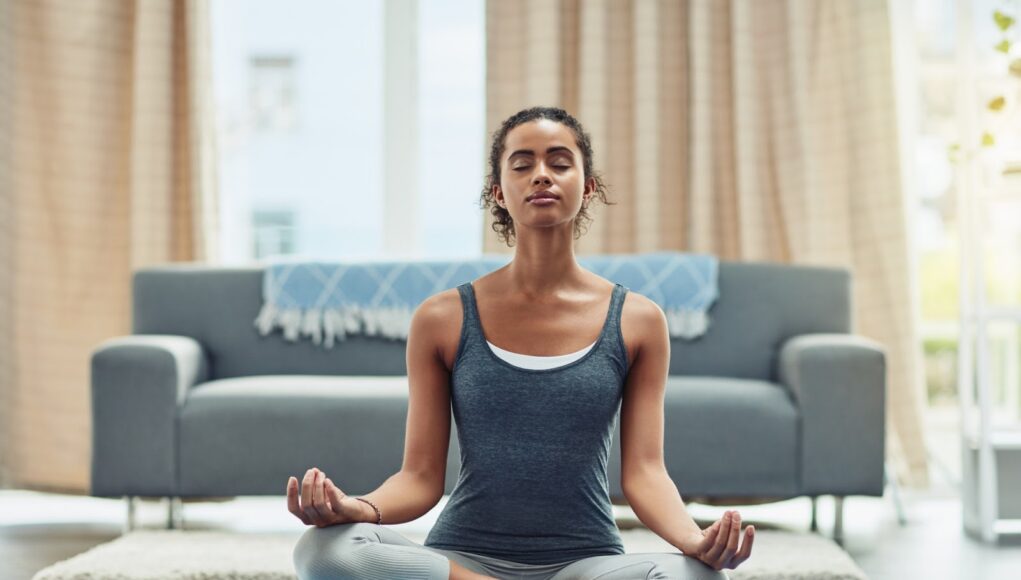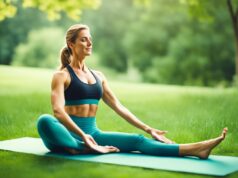Yoga is a great method to improve flexibility, reduce stress, and enhance general health and wellness. Balance, strength, and body awareness may all be developed via yoga positions, especially when done carefully.

Beginner gentle yoga focuses on simple positions, relaxation, and fundamental stretches that anybody may do, while intermediate yoga calls for strength and flexibility to undertake more challenging poses. If you’re new to yoga, gentle yoga is a safer alternative since it emphasises good alignment of your muscles and joints and is low-impact.
Ten of the greatest easy yoga positions for flexibility and stress release are taught in this article, along with variations, technique hints, and benefits for each pose. We’ll also address frequently asked issues by novices to yoga and compare popular forms of gentle yoga.
Advantages of Mild Yoga
Before moving on to the postures, let’s recap the advantages of gentle yoga:
- Boosts Flexibility: Lengthening muscles and improving general flexibility are achieved by holding mild stretches for prolonged periods of time. This may lessen the chance of injury and increase mobility.
- Reduces Stress: By reducing the stress hormone cortisol, yoga’s mix of breathing exercises, stretching, and meditation effectively reduces stress.
- Strengthens: By using regulated motions, bodyweight workouts like yoga enhance functional strength, endurance, and stability.
- Enhances Health: Research indicates that yoga lowers blood pressure, lessens inflammation, and is good for the heart.
Let’s move on to ten easy yoga postures for new practitioners who want to practice gentle yoga for flexibility and stress release.
The Top 10 Easy Yoga Pose Ideas for Novices
1. Balasana (Child Pose)
The hips, thighs, and ankles are all gently stretched in the extremely restorative child’s posture. It’s often used as a posture to relax in between more challenging stretches.
Technique: Sit back onto your heels while on all fours. Reach your arms forward and bring your chest down to your knees. Take deep breaths for at least thirty seconds. Ascend gradually.
Adjustments: If reaching is difficult, keep your arms at your sides or place a cushion under your body for more comfort.
Benefits: Opens the hips, eases tension, and calms the mind.
2. Pose in a cow or cat
Cat/cow is a basic yoga position that helps to warm up the body and build spinal flexibility. Five to ten times over.
Method: Begin on your Changeses. Breathe in, lower your stomach, and raise your chest (cow position). Take a breath out, arch back, and bury your chin into your chest to achieve the “cat pose.”
Trick: Match your breath to your movements. Avoid craning your neck while gazing up or down.
Benefits: Promotes circulation, massages organs, and stretches the neck and torso.
3. Uttanasana, or the Forward Fold
The whole back of the body is stretched in a soothing action when one is sitting forward. Hold for one minute at most.
Method: Sit with your legs outstretched. Breathe in and raise your arms. Lower your head as you exhale and bend forward towards your toes.
Modifications: To ease tension, bend your knees. Use arms to support torso if necessary.
Benefits: Promotes mental calm. stretches the back, shoulders, and legs.
4. Tie the Needle
Twisting the needle releases tension by stretching the shoulders and upper back. Hold each side for five deep breaths.
Method: Begin on your hands and knees. Align the right and left arms shoulder-to-shoulder. Turn around and glance above. Change positions.
Modifications: Reach down instead of keeping your arm straight ahead if your shoulder mobility is restricted.
Benefits: Thoracic spine and shoulders are opened. stimulates the digestive process.
5. Setu Bandha Sarvangasana, or Bridge Pose
In a slight backbend, bridge position strengthens the hamstrings, hips, and back. Hold for one minute at most.
Method: Place feet hip-width apart, bend knees, and lie on back. Exhale and raise your hips towards your chest. Hold thighs or interlace fingers beneath body.
Tips: Pull your belly button towards your spine to activate your core and squeeze your glutes.
Advantages: Gives the body energy. tones the core, back muscles, hamstrings, and glutes.
6. The Supine Twist
To release tension, gently rotate the spine in a supine twist. Hold each side for five to ten calm breaths.
Method: Lie on your back and extend your arms into a T. Looking left, bend your knees and lower them to the right. Change positions.
Adjustments: If restricted movement prevents you from rotating completely, keep both shoulders on the ground.
Benefits: Relaxes lower back tension and massages stomach organs.
7. Viparita Karani’s “Legs Up the Wall”
By reversing blood flow, legs up the wall has a profoundly relaxing effect on the lower body. For two to five minutes, maintain this posture.
Method: Sit with your back against a wall. Lean back with your torso and swing your legs up the wall without hitting the ground. Maintain complete leg and hip support.
Advice: For extra comfort, use bolsters or cushions under your hips or lower back.
Benefits: Lessens weariness and swelling in the legs. reduces anxiousness.
8. Matsyasana’s Supported Fish Pose
With the use of supports, the front of the body is gradually stretched in supported fish posture. Hold for a minute or two.
Method: While sitting on the floor, put a block or blanket beneath your hips. With a blanket under your shoulders, recline. Chest open.
Modifications To fully unwind without effort, use as many supports as necessary.
Advantages: Very soothing. stretches the muscles in the abdomen and opens the lungs.
9. The Butterfly in Retraction
The butterfly pose in a reclining posture relaxes the hip and groyne muscles. Hold for two minutes at most.
Method: Recline on your back, bend your knees, and touch the soles of your feet. Drop your knees to the floor.
Advice: For added comfort, tuck blankets or cushions under your thighs or low back.
Benefits: Gently stretches the hip flexors and inner thighs. soothes the body.
10. The corpse pose, or Savasana
The traditional resting yoga stance, savasana, promotes complete physical and mental relaxation. Spend five to fifteen minutes there.
Method: Just lay flat on your back with your arms at your sides and your palms facing up. shut your eyes. Examine and ease each body component in a methodical manner.
Advice: Make plans for someone to wake you up or set a timer. If it’s cold, cover up.
Benefits: Offers a complete body/mind refresh. When held often, it lessens the symptoms of headache, exhaustion, and sleeplessness.
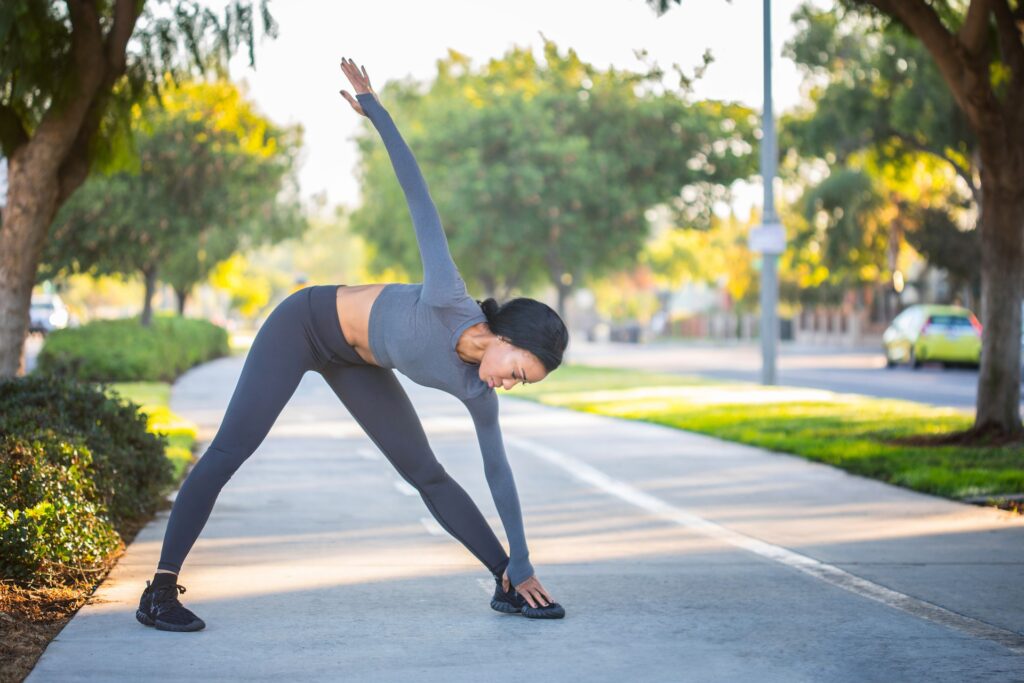
Comparing Various Forms of Mild Yoga
Many yoga schools have a strong emphasis on gentle poses, which makes them perfect for new practitioners who want to increase their flexibility and reduce their tension. Hatha, Iyengar, and restorative yoga are the most widely practiced gentle yoga forms.
This is how they contrast:
| Style | Pace | Props | Focus | Difficulty |
| Hatha Yoga | Slow | Optional | Breathwork & Meditation | Beginner |
| Iyengar Yoga | Slow | Extensive Use | Alignment | Beginner |
| Restorative Yoga | Static | Required | Total Relaxation | Beginner |
In addition to mild asanas, Hatha yoga emphasises meditation and breathwork to help relax the mind. One of the gentlest forms, beginner hatha lessons progressively increase flexibility without exerting too much strain.
Iyengar yoga places a strong emphasis on each pose’s exact anatomical alignment. Yoga props like blocks and straps are utilised to help pupils and poses are held for extended periods of time. It’s incredibly accessible when alignment is paid attention to.
In restorative yoga, the body is fully supported by a variety of supports during prolonged motionless positions. Achieving both mental clarity and physical relaxation is the aim. really soft.
For people who are new to yoga and want to stretch, strengthen, and find their zen, any of these mild yoga types are suitable. See which of the introductory courses you like by giving them a try!
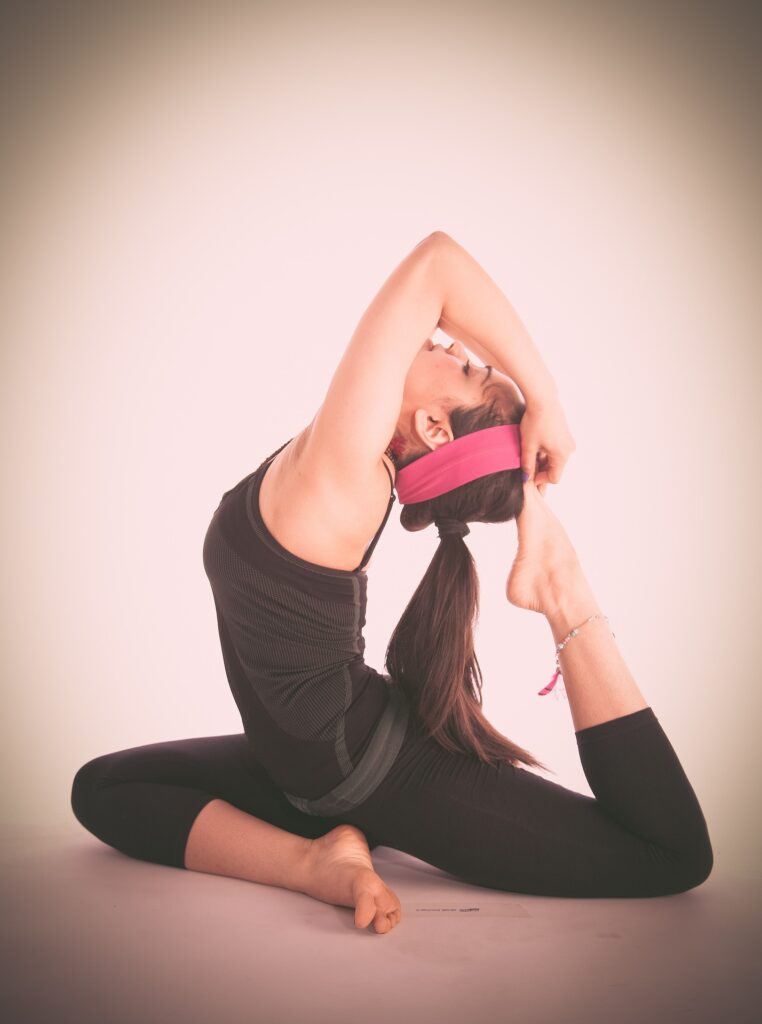
Commonly Asked Questions
Does yoga suit newcomers well?
Indeed! Yoga allows you to practice at your own speed, making it a great form of fitness for beginners. Seek out “beginner” courses that gradually introduce different positions and techniques. As you gradually gain strength and flexibility, practice self-compassion.
How should I dress for a yoga class?
Put on loose, comfortable clothes that will not restrict your movement, such leggings, yoga trousers, tank tops, etc. Wear nothing too baggy or constricting. Since yoga is often done barefoot, grippy socks might help keep you from sliding on the mat.
For beginners, how frequently should they practice yoga?
When you first start, try to do two or three easy yoga sessions each week. Never force yourself to do yoga; instead, pay attention to your body and rest when necessary. Even ten to fifteen minutes a day may make a big difference in terms of flexibility and stress reduction. Practice consistently and progressively longer sessions.
What are the necessities for practicing at home?
All you really need is enough room to completely stretch your limbs and a yoga mat for grip and comfort. Yoga blocks, belts, or blankets may assist give support for certain postures. When learning postures and sequences for the first time without an instructor present, guided YouTube videos are quite beneficial.
Are there certain medical diseases that should not be treated?
Yoga is suitable for most people, but if you have any concerns, see your doctor first. Certain positions may need to be modified for joint replacements. Avoiding inversions like headstands may be advised if you have conditions like severe osteoporosis or glaucoma. Avoid deep twists or backbends if you are pregnant.
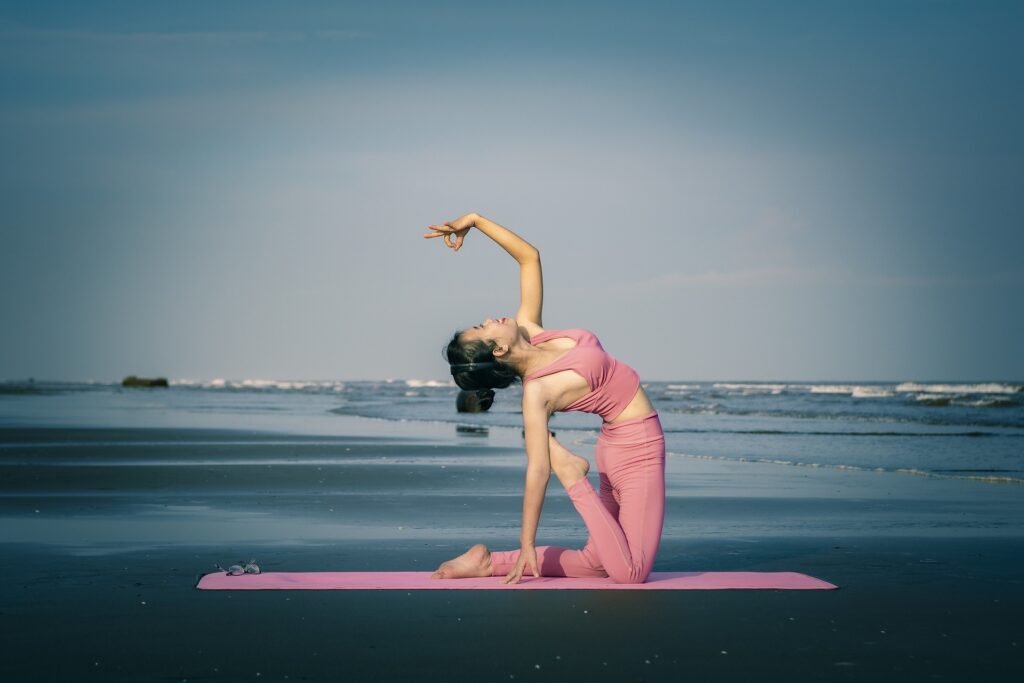
Start Doing Gentle Yoga to Increase Flexibility and Find Calm
As you can see, yoga has tremendous advantages for both mental and physical health, particularly when done gently. Learn the fundamental postures at your own speed with the help of this guide.
In every stretch, remember to pay attention to your body, breathe deeply, and prioritise alignment above depth. Don’t be afraid to use blankets or blocks as props to assist make positions more comfortable.
As a novice, try to relax on your mat a couple of times a week. You’ll gradually notice better posture, flexibility, balance, and emotional state. 15 minutes a day may make a big difference.
The goal of yoga is to improve your energy, not deplete it! Permit your practice to be revitalising and calming. Leave the stance if anything gives you intense pain or discomfort. To ensure that you practice safely, there are always adjustments or substitutes you may investigate.
You may now unfold your mat and do mild yoga as a way to decompress. Gradually deepen your stretches and get the physical and emotional advantages as you go!

